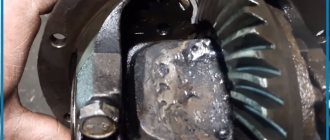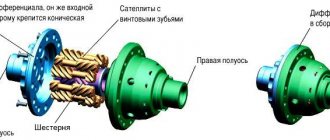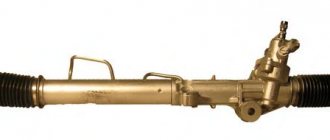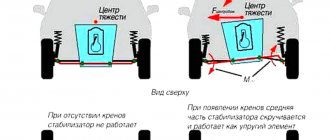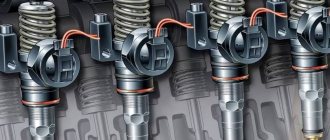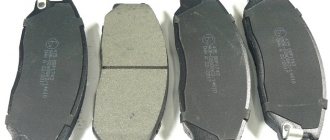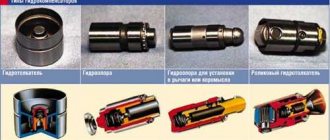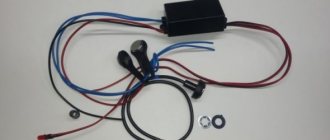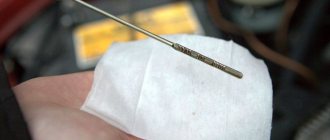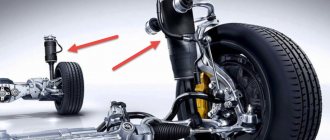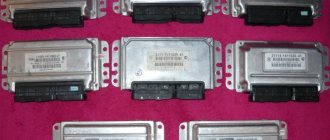Creating a universal mechanism that works perfectly in any conditions is the dream of every designer. However, a solution verified on paper in practice necessarily acquires its own “buts”. Sometimes paradoxes happen: the dignity and main purpose of a knot under certain conditions become its disadvantages. A typical example is a free differential.
What is a differential?
In short, this is an element (mechanism) directly connected to the wheel axles, the main task of which is to transmit torque to them. This transmission of torque is possible thanks to the use of the so-called “planetary mechanism”.
Another, no less important task performed by the differential is to ensure the possibility of asynchronous rotation of the drive wheels when the vehicle turns or when passing through uneven and difficult terrain.
What is a differential lock?
Before we talk about this, let's look at how the classic type differential works.
And so .. A classic (standard) differential, or as it is also called an “open differential,” transfers power from the engine to the axle, which allows the wheels to rotate at different speeds while the car turns.
Since the distance each wheel must travel when turning is different (one wheel has a larger outer turning radius than the other wheel, which has a shorter inner radius), a differential solves this problem by transmitting torque on the separate axles of the two wheels through its mechanism. The end result is that the car can drive and turn normally.
Unfortunately, this particular mechanism has some disadvantages. It seeks to transfer torque where it is easiest.
Self-locking differentials
Spare parts for toyota rav4
Solenoid valve for camshaft position (phases)
3.5 2GRFE
Spare parts for hafei princip
Electric submersible fuel pump 1.6 DA476Q
Similar differentials are widely used: Kia Sportage, Toyota 4Runner and many other models. Many cars dating back to Soviet times had a self-locking differential mechanism, although the domestic auto industry, for unknown reasons, refused to use such mechanisms in some of its vehicles. And they are designed almost the same as conventional open differentials, the only difference being that they contain blocks of friction plates .
The classic version of a self-locking differential works like this: when a difference in angular speeds arises between the axle shaft and the cup, and the differential itself “tries” to redistribute the moment between them, friction plates begin to interfere with its operation. Differentials with friction blocks are called disc . Blocks are often spring-loaded, which increases their reliability and allows such blocking to be used in a wider range of torque ratios. However, the latter still remains the weak point of self-locking differentials - the range of torques is extremely small.
Given the shortcomings of limited slip differentials, many engineering companies have dedicated significant expertise and design capabilities to finding solutions. ASHA Corp. has done particularly well. She improved the self-locking mechanism by providing it with a special pump with a piston. The modified differential began to be called gerotor, and the pump design itself was dubbed Hydra-Lock . In this case, the updated mechanism works like a classic self-locking differential, but with the caveat that when the pump builds up pressure, the piston begins to put pressure on the friction block. This is a fairly simple and reliable design that increases locking efficiency. It is used in Chrysler SUVs and some Jeep models.
What does it mean?
If both wheels on an axle have the same traction and the force required to turn each wheel, an open differential will distribute torque evenly between them. However, if there is a difference in traction (for example, one wheel is on the asphalt and the other is in a hole or on ice), the differential will begin to distribute torque to the wheel that will rotate with the least effort (deliver more torque to the wheel that is caught on the road). ice or into a hole).
